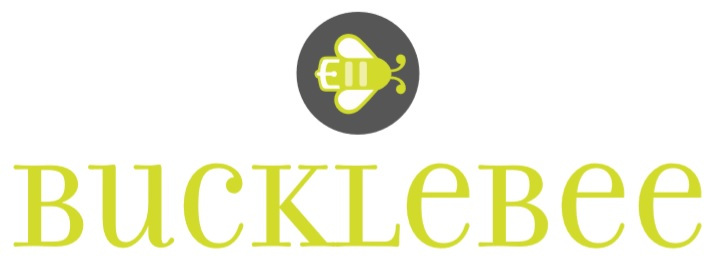Tooling Around
Hopefully, you've got a handle on fabric organization now. Let's talk tools.
I looked for years for good solutions for tool storage. Last year, for Mother's Day, I was gifted with a mechanic's style toolbox. It has flat, smooth, shallow drawers on top, deeper drawers in the middle, and a cabinet-style cubby on the bottom. I lined the drawers with quilted fabric mats, and sorted the tools I use most often. The topmost compartment holds hand-sewing tools, pins, and basting notions. Next drawer down is full of sewing machine parts: feet, throat plates, bobbins. Next drawer is scissors and shears, then measuring tapes and embroidery floss. In the middle section, I've tucked grommets and snaps in one deeper drawer and quilting templates in the bottom-most, deepest drawer. The cabinet space holds my die cutter and dies.
The toolbox itself is fairly compact, locks closed, and is on casters so I can move it when I want to. It has freed up a lot of shelf space, and it has really made me more aware of what I have, what I need, and how I am caring for my tools.
The tools I use, well, constantly are in open containers near where I use them. Pressing supplies are in a basket on my pressing surface; marking and rotary supplies near my cutting board, and snips, seam gauges and stilettos near my machine. This method saves steps, and saved steps mean saved time.
Find a central place in your own sewing space for tool storage. Leave out the tools you use very frequently, and stow away the others grouped by type. Use a toolbox, chipboard photo boxes, repurposed food storage containers, or splurge on a mechanic's toolbox tower. Knowing what you have is half the organizing battle; knowing where to find it when you need it wins the war!
